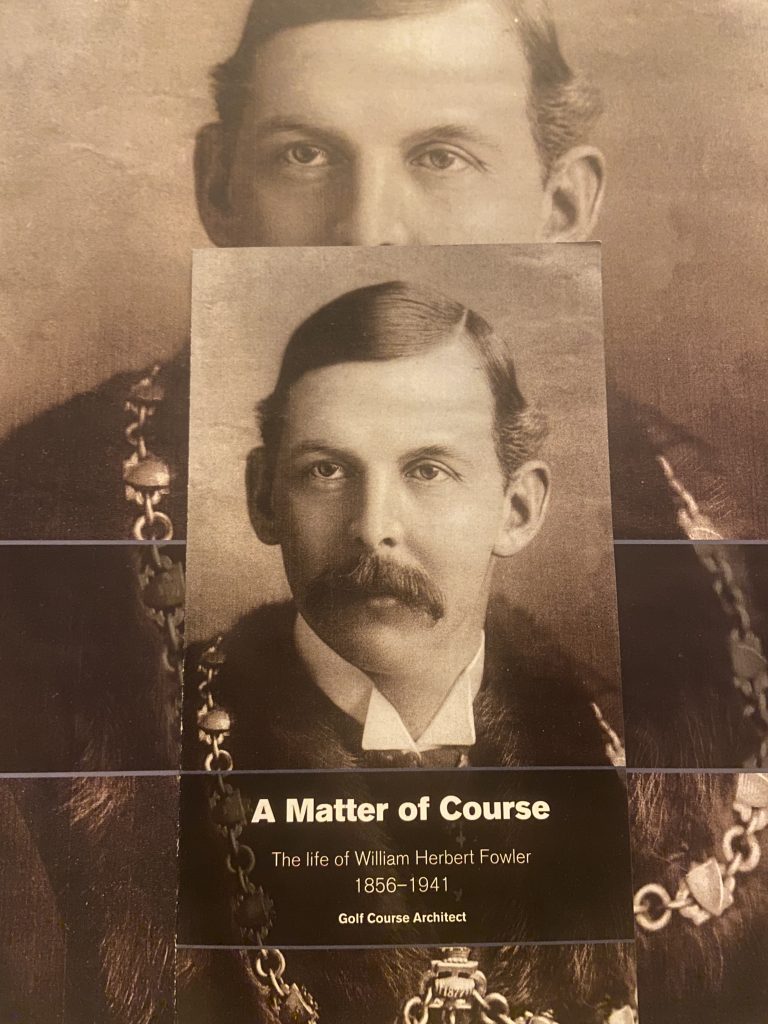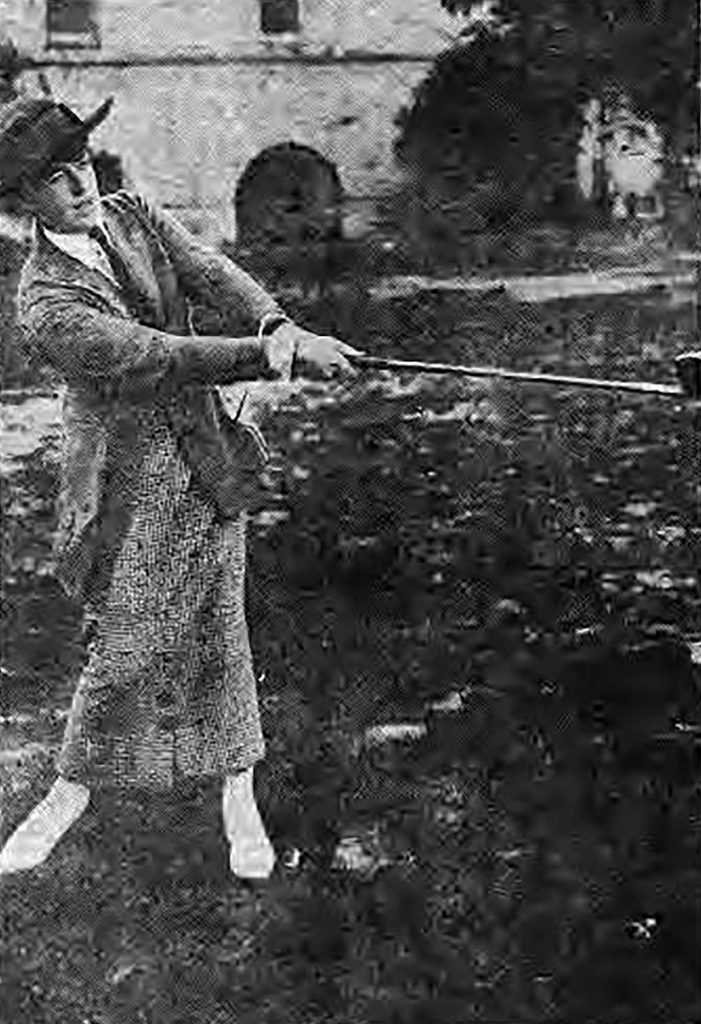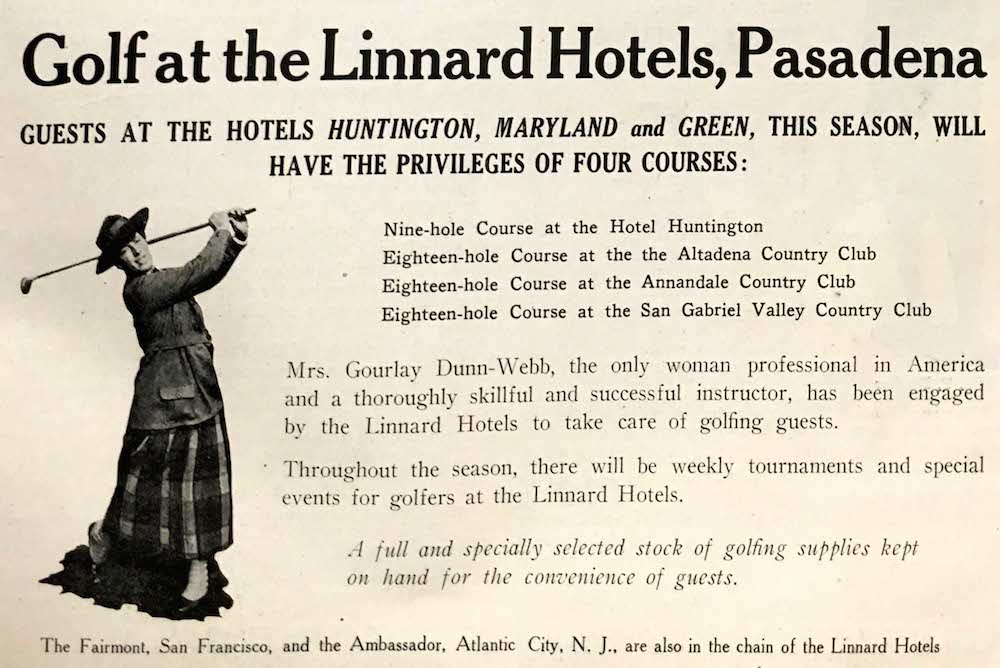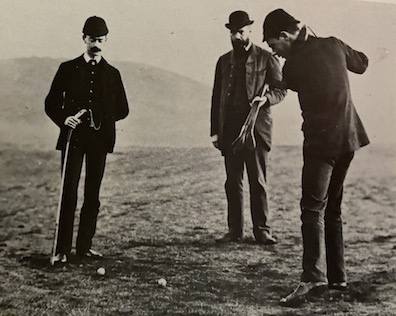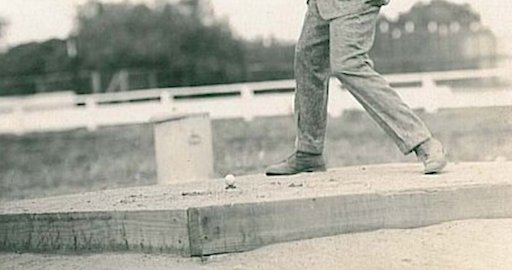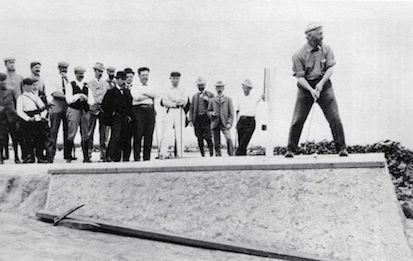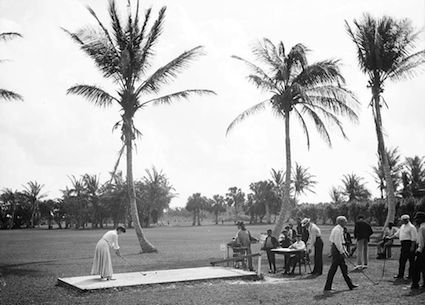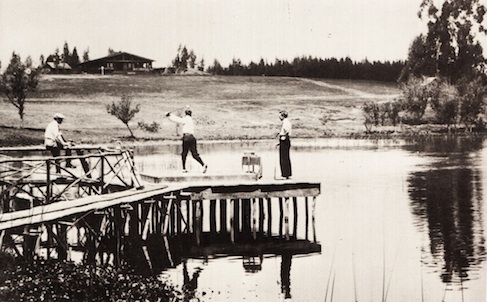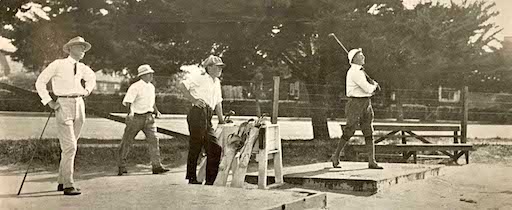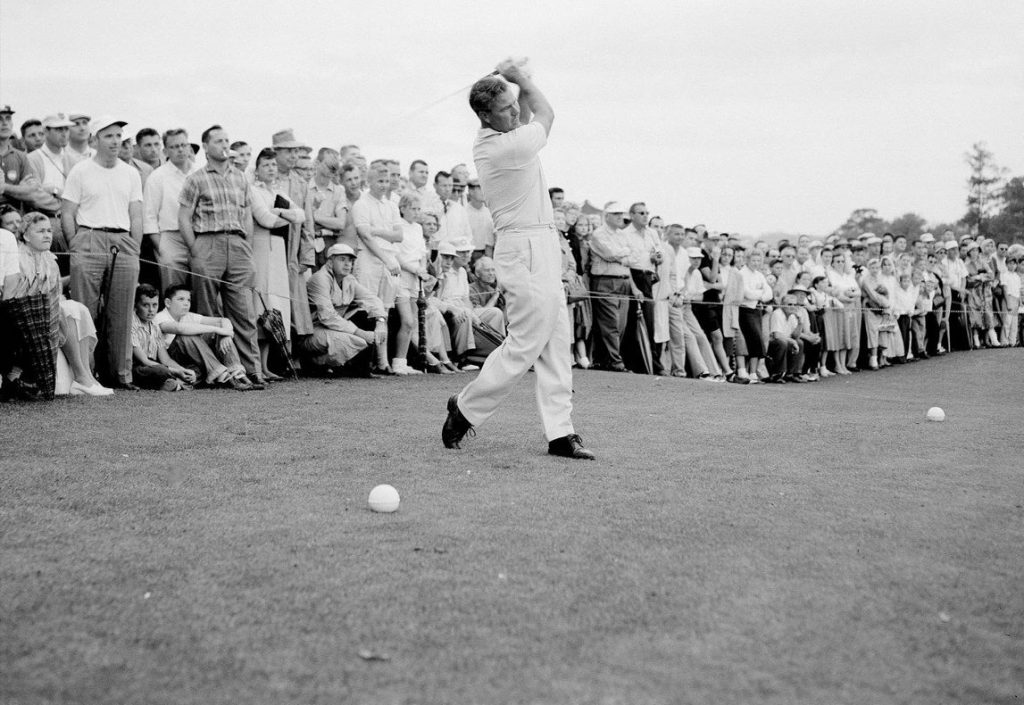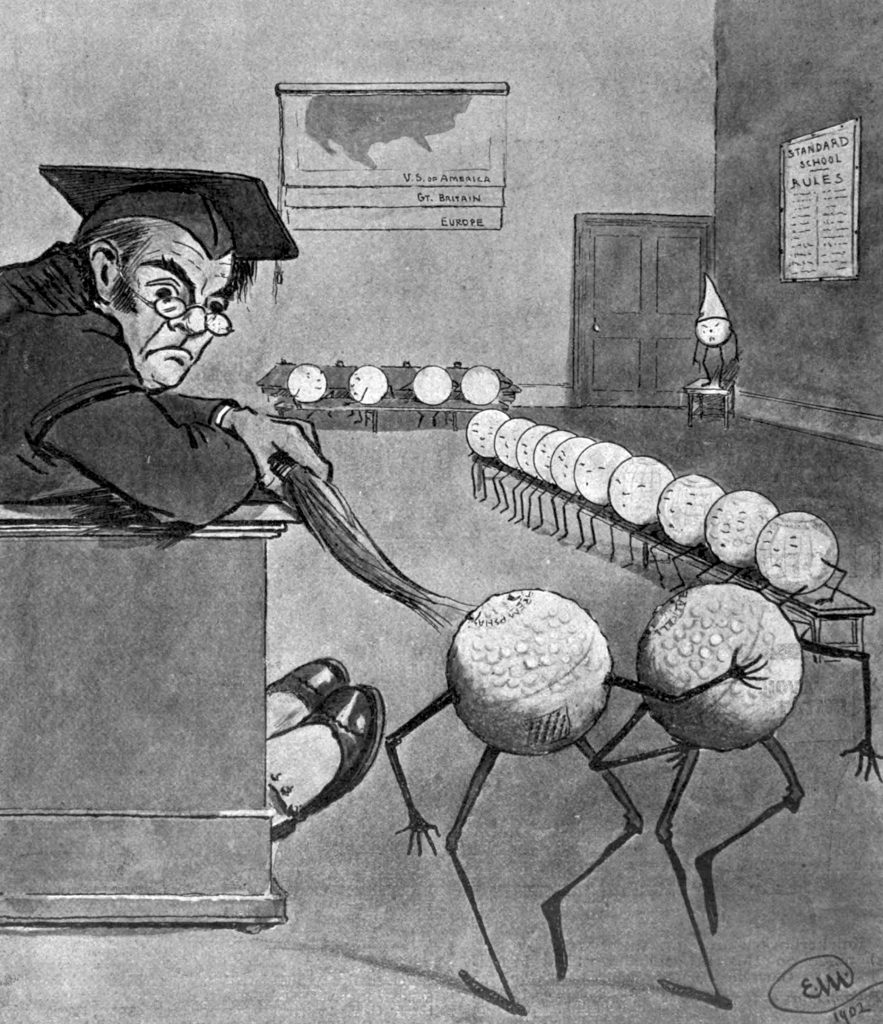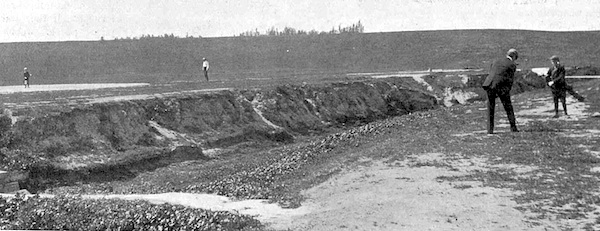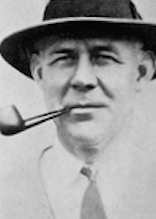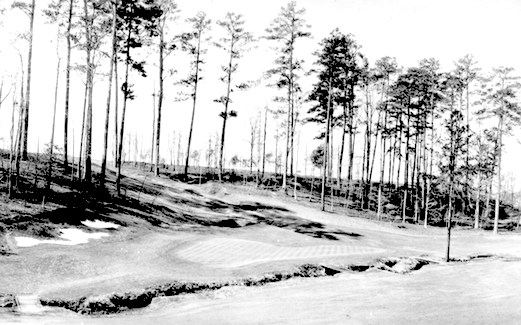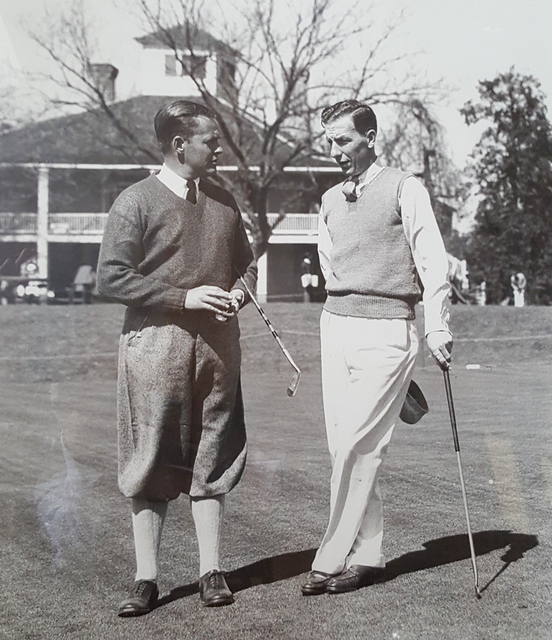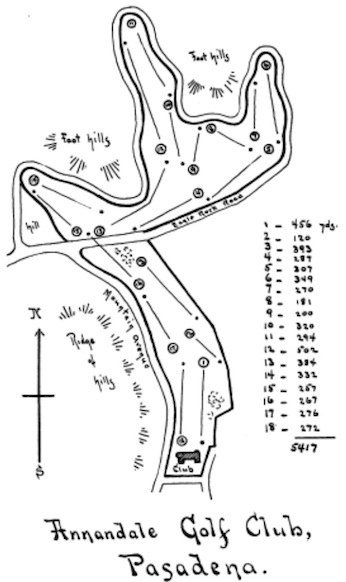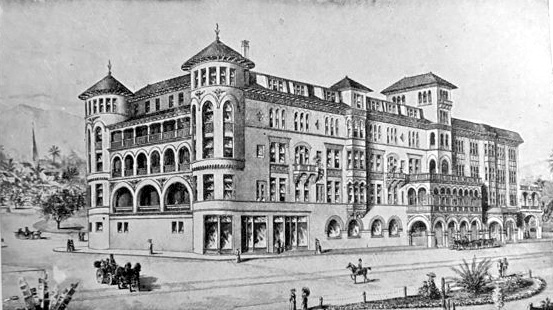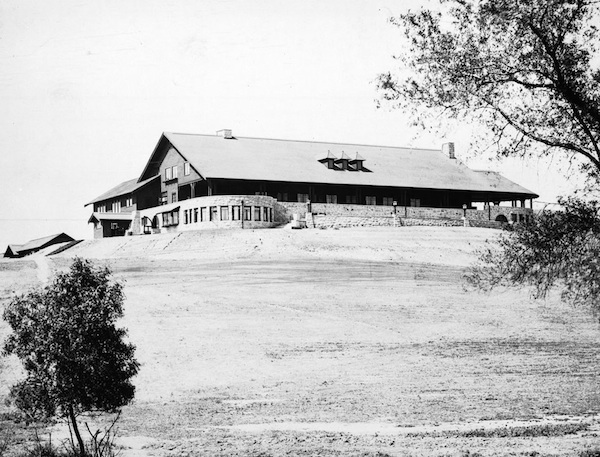To the Editor of Golf Illustrated (UK), July, 1903
Sir, I have just read your criticism of the Prestwick course in your paper of the 15th inst.
The two bunkers you mention as having come in for special condemnation are the only two on the course that a long driver has ever to think of, except when the ground is hard and there is a following wind, as was the case during the late championship. As you remark, the hazard at the sixteenth which caught balls going to the thirteenth as well as going to the sixteenth, has plenty of room for the hazard to be avoided. In playing to the sixteenth, if the ball is driven to the left it is perfectly safe, but if the player has pluck and accuracy he can go straight for the hole between the hazard and the Cardinal, and is rewarded by reaching the green.
With regard to the Pot, going to the fifteenth, it has been a bone of contention for very many years. You observe that the bunker is not only hidden, but is the only good and safe line to the hole. This is not the case, for if the ball is played to the right there is a path down which it can run, and very often goes as far as a ball which carries the bunker.
The late Willie Campbell – and he was by no means an abnormally long driver – when playing with me, carried the bunker nine consecutive rounds. One fine summer evening I saw Mr J.H. Whigham drive six balls over it. This was done at a time there was a discussion going on about its fairness. In my opinion, three fourths of the players who now grumble at the hazard would carry it if it were filled up. The truth is, they funk it. They have the same feeling that a short driver has at every hazard, and they say it is not fair because they ought to use their heads at one hole if they cannot trust their hearts.
The whole tendency for years has been to remove all difficulties from courses. The horse mower is in constant use and nearly the whole course is now cut and rolled and made to look more like a bowling green than a golf links.
Instead of filling up the bunkers complained of, the course would be much improved if many more similar ones were made, to punish long, erratic driving.
During the late championship I had talks with several old golfers. Archie Simpson said to me, “I mind when I was here if I got round in 80, I thought I was playing grand golf ; look at it now.” I met James Kay at the thirteenth hole. He said, “This is easy golf ; I have had nothing but teed balls.” Willie Park and Andrew Kirkaldy expressed the same opinion. One of the New School said to me the course was in beautiful order, but he thought more of the long grass should have been cut round the greens. The one thought of the New School seems to be to remove anything that might spoil a score. They think it is golf to get into the hole in the fewest number of strokes, forgetting, as Sir Alexander Kinloch so well expressed it, “That this is not golf, and, please God, never will be golf. Golf is to get into the hole in one stroke less than your opponent.” To eliminate chance from any game is to spoil it.
I do not agree with your criticism of where the holes were placed on the second and sixteenth greens. With regard to the former, the Cup has been the place for medal play from time immemorial, and to get near that hole is one of the best shots on any links. As the ground was hard and a following wind during the championship, it was exceedingly difficult ; but it was not impossible, as I saw J.H. Taylor play it to perfection, and he was rewarded with a two. To place the hole in the centre, or far end of the green, is to make it what Mr J.L. Low called it in an article he wrote about Prestwick – a “featureless hole.”
I am, Sir, etc.,
Jas. S. Higginbotham
(This letter is noticed in “Tee Shots.” – Ed.)
Transcribed by jib jones.
©2019 golfhistoricalsociety/jibjones – All Rights Reserved
